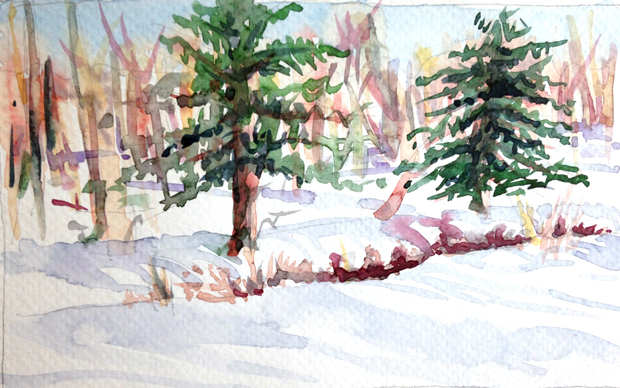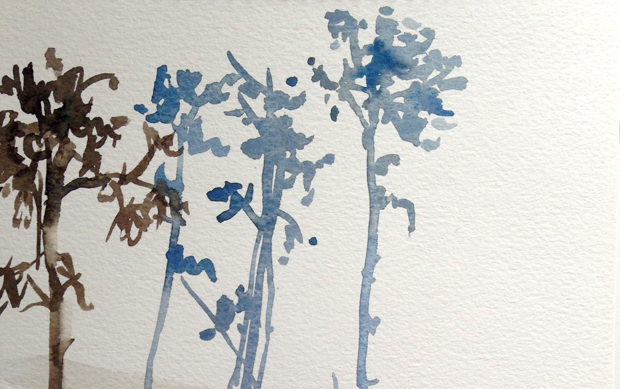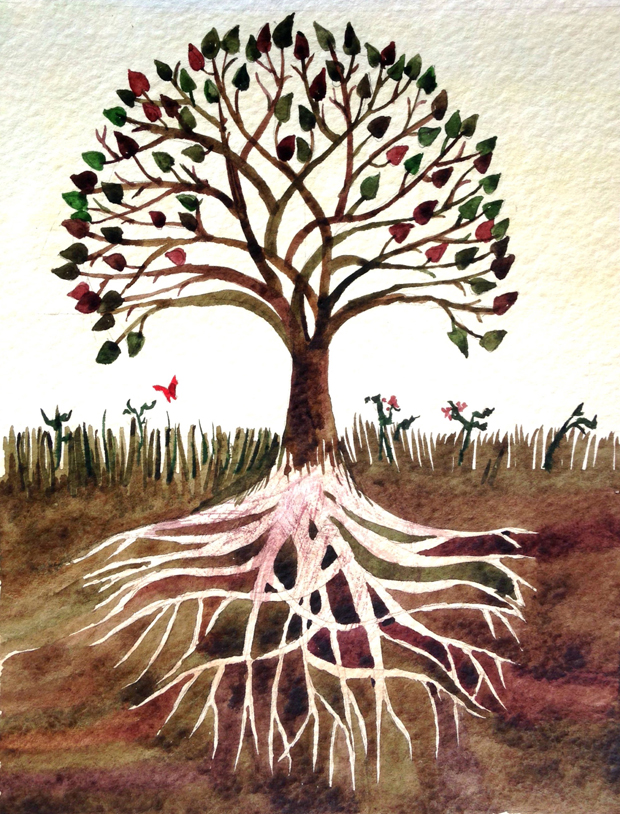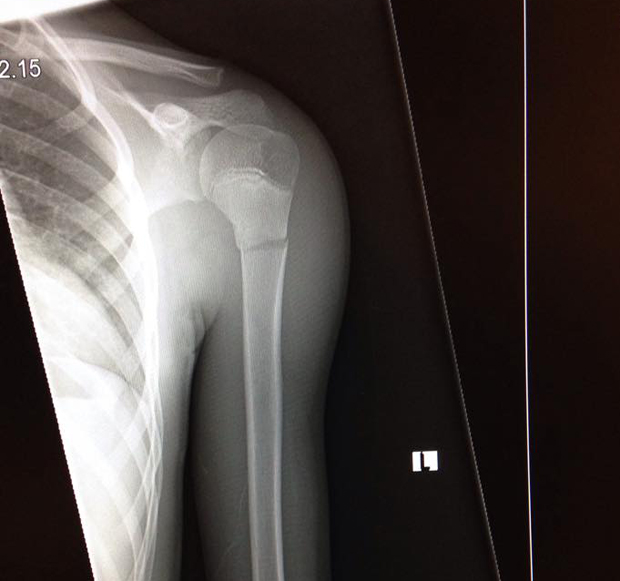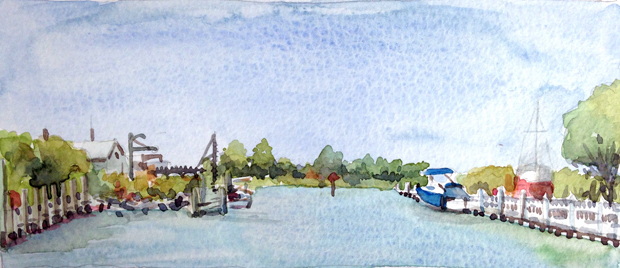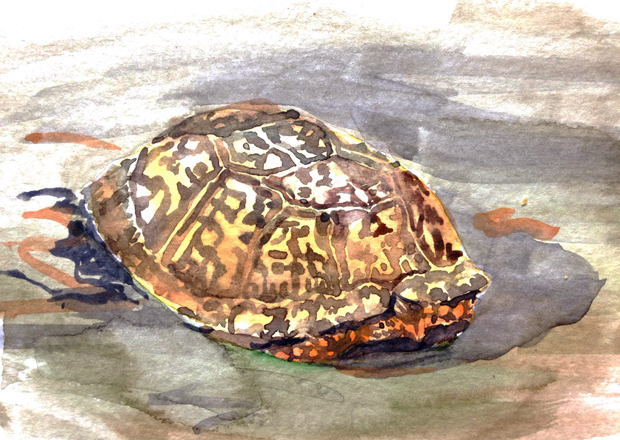
The word, “quarantine,” comes from the Italian word, quarantine, derives from a Latin root word meaning “a space of forty days.”
Forty days is a long time! As each day brings some new shock or hard reality, I have been turning more and more to the slogan, “one day at a time.” Will we be on lockdown until June? July? August? Who knows?
Some are suggesting that this event is a kind of global reset. Mother Nature on a cleanse. Everything is indeed upside down. Several Congressional leaders, including Mitt Romney of all people, are pushing for $1,000 Universal Basic Income for every American. Also, single-payer universal health care—free testing and care for anyone who needs it. Add in paid sick leave for all workers. (Preferably not the paltry 20% that will be covered by the bi-partisan bill that passed the House.)
Continue reading
